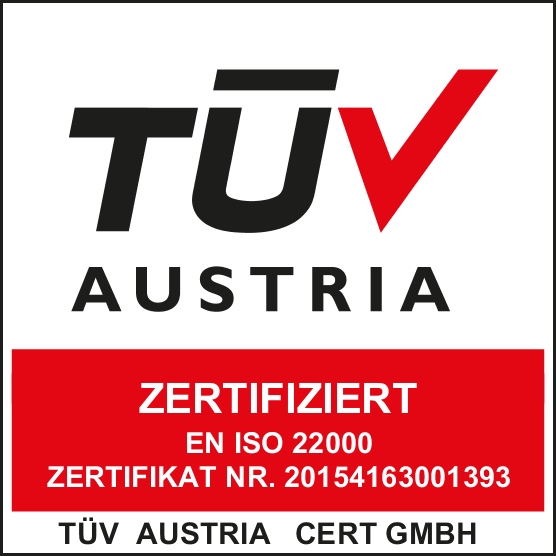
Pure & Certified
-
Download Folder
Video-Inhalt
Um dieses Video anzusehen, akzeptieren Sie bitte Marketing-Cookies in Ihren Datenschutzeinstellungen.

It's all a matter of taste
A flavour impairment caused by the packaging would be detected immediately - especially in sensitive products such as e.g. mineral water. This could lead to consumer complaints and result in product recalls or in the worst case, damage the public reputation of the brand. It is often hard to trace in which part of the value chain – beginning with the raw materials and ending at the consumer – the problem was caused.
Service for more transparency
As a result of intensive communication with plastics converters and leading brands within the food and beverage industry, we have developed PURE, a unique additional service package, that provides complete transparency within the value chain for masterbatch customers and the confidence that our masterbatch is the industry benchmark for organoleptic and food safety issues.
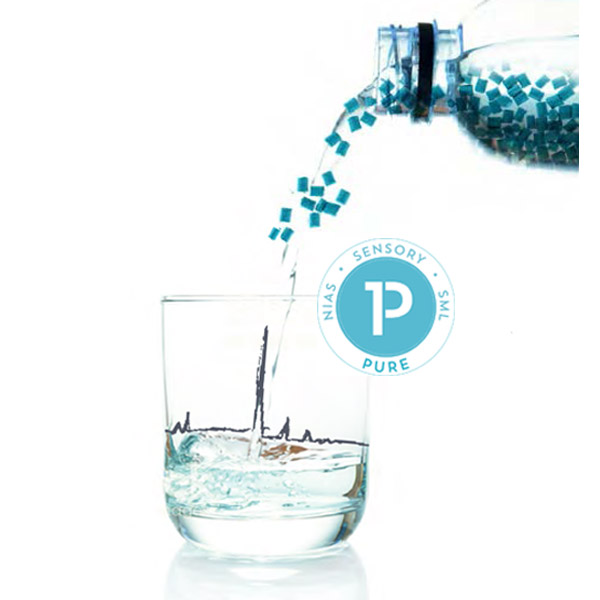
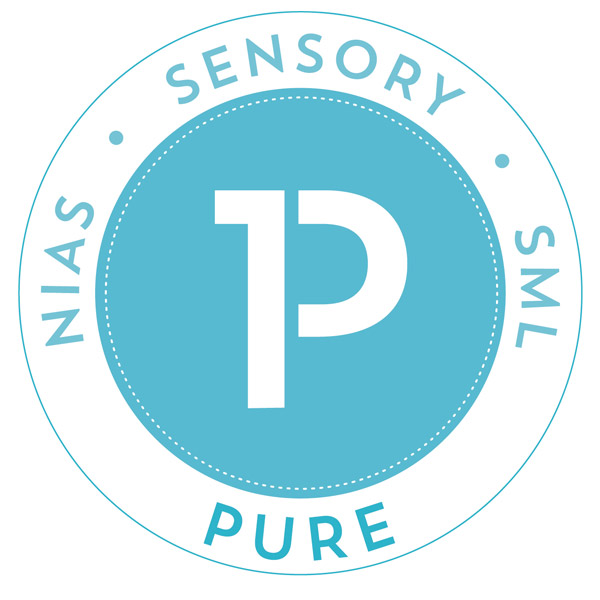
Pure - play it save
PURE is based on two test methods – recognised as standard within the industry – for the testing of incoming and outgoing products. The customer receives a complete set of documentation based on the three modules of PURE.
Three modular components are included in pure:
NIAS analysis of raw materials
Organoleptically assessed masterbatch
SML concentration estimate
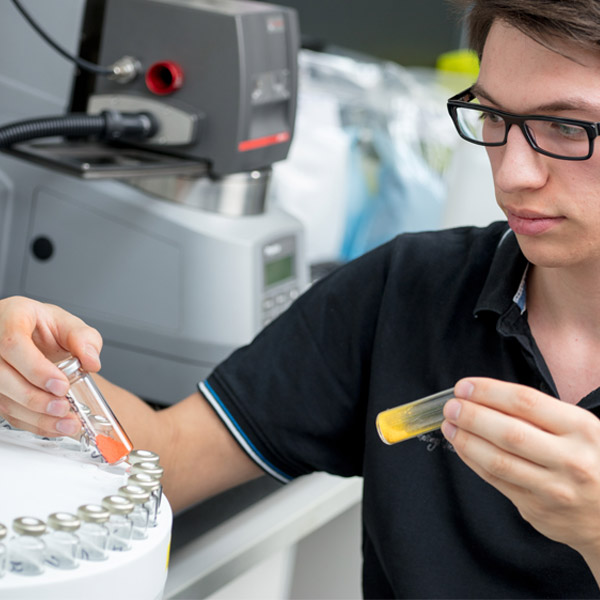
Last gas chromatography
With the latest gas chromatography, we are able to test all materials for the presence of volatile, organoleptically relevant NIAS. Concentrations of non-approved substances that are noteworthy in the chromatogram are analysed in close cooperation with the Fraunhofer-Institut IVV Freising by means of mass spectrometry.
NIAS Analyse
Should the suspicious substance be relevant to the risk assessment, the raw material that led to the introduction of the substance is determined and alternative raw materials are tested. Once all concentrations are below the substance-specific, organoleptically relevant concentration, a certificate including a detailed analysis is issued.
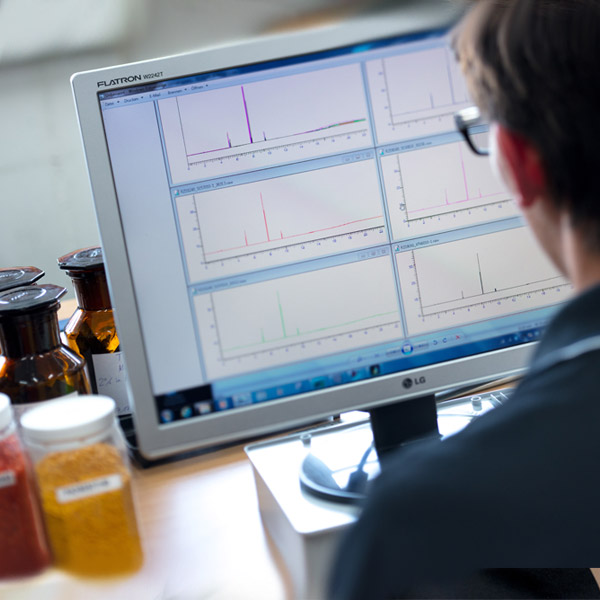
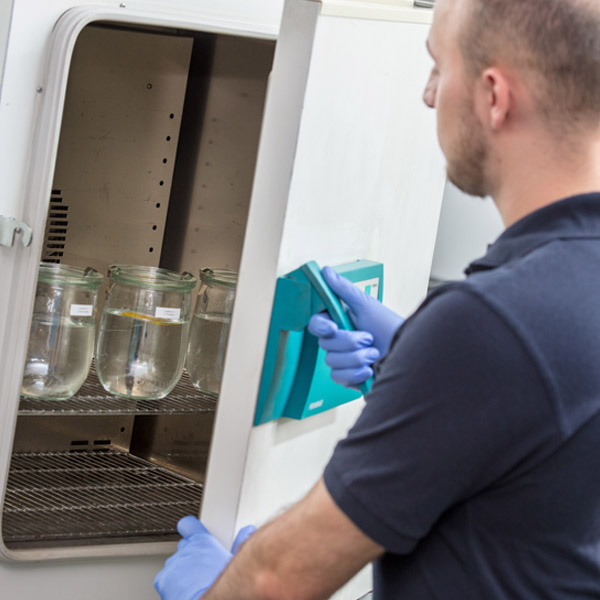
Careful preparation
A specially trained sensory panel examines and assesses the injection moulded parts in a complex organoleptic evaluation process lasting several hours. The samples are stored in selected reference liquids, such as still water from a standardized brand and blind testing is carried out to check for flavour deviations.
Sensory panel
As a result the processors receive a detailed test report and profile in which the organoleptic suitability of the products is documented. Because of the professional initial training and certification of the testers, the regular development workshops and the minimum size of the panel, the testing is recognised as being a relevant and significant industry test method.
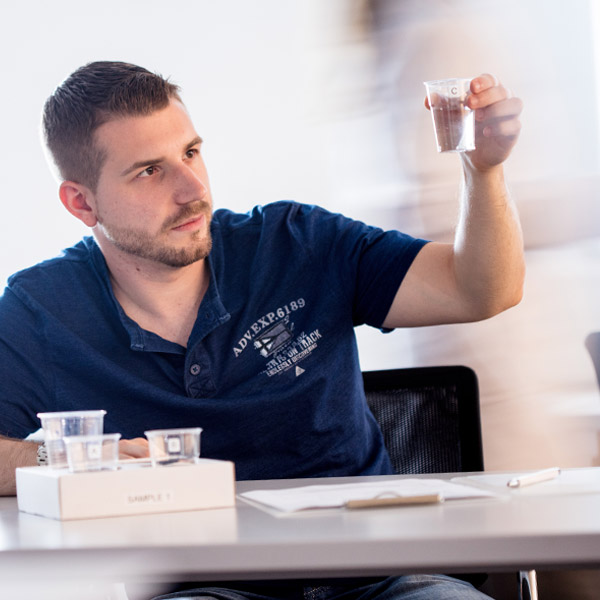

Above and beyond the legal obligation
We endeavour to keep the number of substances with SML in our products as low as possible, however their presence cannot always be avoided. In order to create a rough overview of the quantities to be expected, we establish an estimate of concentrations of SML-regulated additives in our products in cooperation with our suppliers. The concentration information we supply goes above and beyond the legal obligation and facilitates an easier analysis for our customers, which can save both time and money. The analysis includes the applicable specific limit values and the maximum permissible quantity, which may migrate into food according to the standard method of risk assessment, for each substance.



